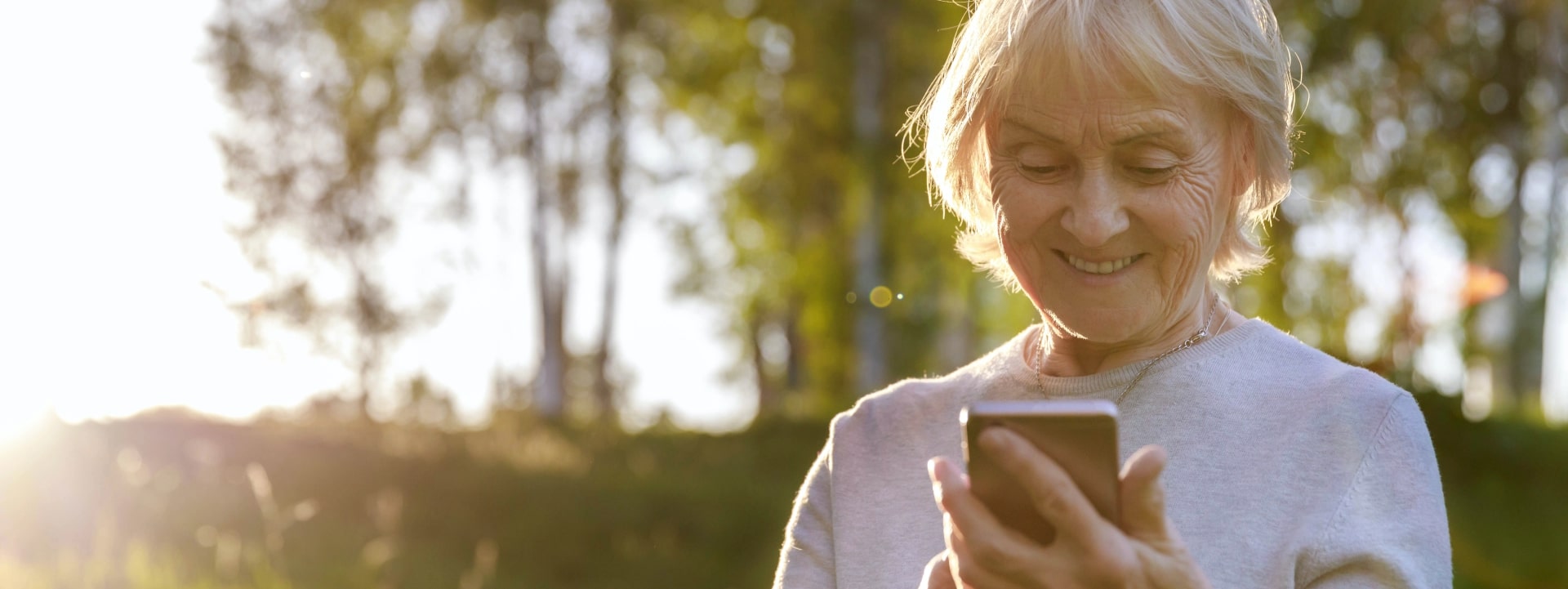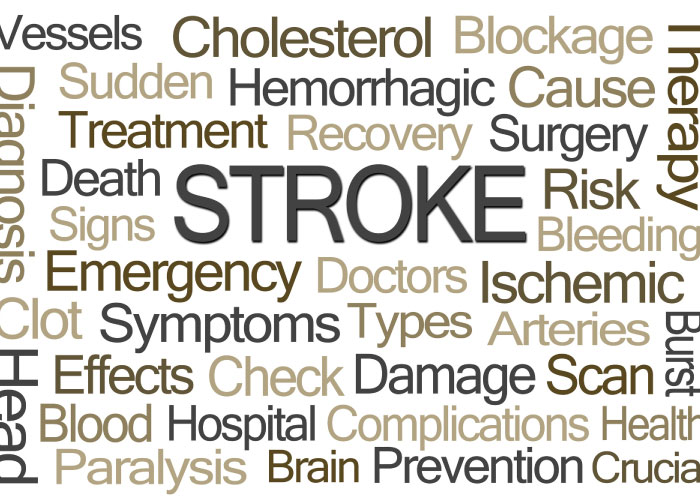

Every 40 seconds, someone in the U.S. has a stroke. It can be a confusing time for that person and his or her family. What happens after someone has a stroke?
Have you recently suffered a stroke? If so, learn what’s involved in stroke recovery here.
Stroke rehabilitation helps stroke patients relearn skills that he or she lost with the brain damage of a stroke. These skills include walking, speech, performing daily tasks, and other physical activities. For example, a stroke survivor may need to learn how to get dressed with one hand or learn new ways to bathe.
The first step of rehabilitation is receiving an evaluation to find out the extent of the stroke damage. The patient will have to engage in various forms of motion and exercises to determine the strength and ability of impaired limbs. This assessment helps the doctor determine the best plan for that patient’s needs.
As soon as the patient is stable, rehabilitation services begin. The doctor needs to do the following before rehabilitation:
The rehabilitation process can be as soon as 24 to 48 hours following a stroke. The patient should begin recovery as quickly as possible to regain any affected abilities and skills.
After the patient leaves the hospital, it’s time to figure out what is best for the patient and the family. Social workers will help coordinate any living arrangement that you choose, and they will help your loved one move safely to the next facility. You do have some recovery options to get the best care for your loved one’s condition.
Patients only stay in these facilities short-term or for two to three weeks. The rehabilitation is intensive and may include therapy for up to three hours a day.
These facilities have physicians and a full range of therapists on staff to focus on stroke recovery. Patients visit the facility for a few hours, a couple of days weekly and then return home at night.
These treatment programs can be as intense as inpatient programs, but the patient can return home. The patient would need to be able to have help at home for the evening hours and other days at home. The program determines a plan based on the patient’s physical capabilities.
Skilled nursing communities focus more on rehabilitation than residential care at traditional nursing homes. The services are more variable and the hours of therapy at these facilities are less than the inpatient and outpatient programs.
If the patient has help and independent physical abilities, home rehabilitation offers tremendous flexibility to tailor to the patient’s needs. The therapist will visit that patient’s home a couple days a week and complete a program suited to the patient’s needs.
Stroke rehabilitation and recovery involves a wide range of medical specialists. For physical needs, these specialists include:
In addition to physical needs, stroke patients need specialists to help with emotional, cognitive, and work skills. These specialists include:
As you can see, there are a variety of professionals involved in recovery. A patient needs to address more than the physical complications of a stroke.
There are several elements to support stroke recovery. Your recovery plan may suggest several forms of therapy including:
The use of therapy treatment is all about balancing your recovery and finding ways to compensate for any losses from the stroke. It’s important to set realistic goals as you begin your recovery. Goals will vary based on the severity of the stroke.
There are several approaches to stroke recovery. Your plan can include the following physical activities:
Technology-assisted physical activities are new forms of therapy to help you physically. These might include:
Cognitive and emotional activities support your overall well-being and may include:
Remember your plan revolves around your goals and your abilities. Each program will be different.
After the patient leaves a facility, recovery is not over. Most facilities offer programs to help the family care for the patient if he can go home. This includes home assessments, family involvement, and any home therapy referrals.
The time for your of rehabilitation depends on the severity of the stroke and any complications. Some stroke survivors recover fast while others need long-term care.
Stroke recovery can be frustrating. Finding adversities on the way is normal. The primary goal of stroke recovery is dedication-your body can’t do it without your support and hard work.
If you are looking for a rehabilitation center for stroke recovery, call one of our admissions coordinators at MediLodge to learn more about the quality medical care we provide in a caring, nurturing environment. Contact us today for a private tour and consultation on health services available.
Provide your information below to contact us about creating comfort and care for you.